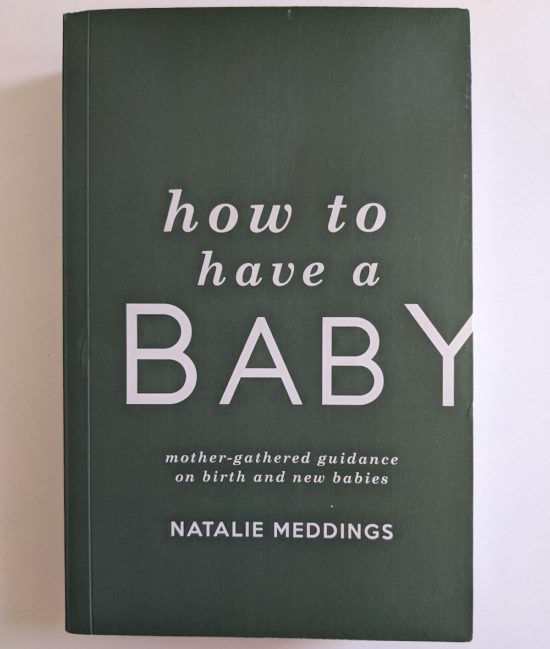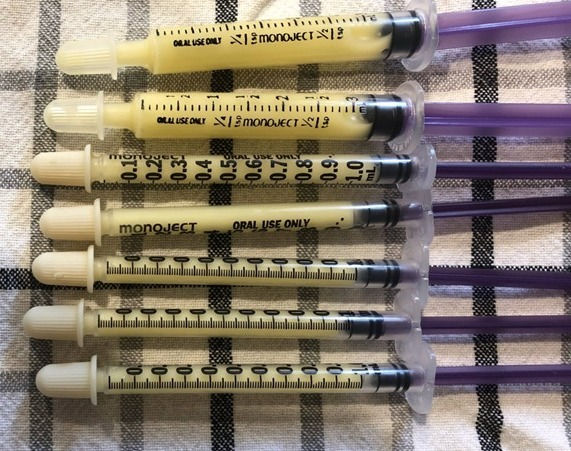Why home birth is safer than you think
- swestacott
- Apr 4, 2024
- 4 min read
Have you ever thought about giving birth at home? In 2020 home birth rates rose to their highest in 9 years. They're still pretty low (2.4% of all UK births are at home) but it's exciting to see it going in this direction! Home birth is a safe option for most people but often it's not even mentioned by midwives when discussing place of birth. So why don't we see more people birthing at home?

In 1970 the Peel Report stated it was safest for everyone to give birth in hospital, however, there was no consultation with pregnant women about their wishes and preferences and, in actual fact, no hard evidence to back up the claim. In 1980, Marjorie Tew, a well-respected statistician, analysed mortality rates at home and in hospital and published her findings that, even for women who had been considered high risk, home was a safer place to give birth. By this point, though, hospital birth had become the norm - most midwives were being told by their Trusts to 'encourage' women to give birth in hospital.
Because of this, we’ve been conditioned to believe that birth is a risky business so the best thing to do is have your baby in a medical setting. BUT a report in The Lancet in 2020 (which looked at 500,000 intended home births for those with low risk pregnancies) demonstrated that planning to give birth at home is not only very safe but also significantly reduces the chance of various interventions and reduces rates of infection.
Benefits of home birth
So what are the real benefits of planning a homebirth and is it something you might consider?
Firstly it can be good to remember that even if you give birth in hospital, the likelihood is that most of your labour will be spent at home anyway. Many women feel more relaxed and comfortable at home, in familiar surroundings without the need to travel into a hospital or birth centre during labour. We know that, in order for labour to progress, women need to release a hormone called oxytocin which is produced more readily in a familiar, dimly-lit, warm and comfortable environment.
But is home birth a safe option?
The Lancet report I mentioned above showed that, for first-time mothers, if you plan to give birth at home you are:
30% less likely to have a caesarean birth
25% less likely to have an instrumental birth (with forceps or ventouse)
50% less likely to have an epidural
25% less likely to have an episiotomy
35% less likely to have your labour augmented using synthetic oxytocin
There was no increase in the risk of postpartum haemorrhage
For women who have birthed before the results showed planning a home birth means you are:
60% less likely to have a caesarean birth
60% less likely to have an instrumental birth (with forceps or ventouse)
75% less likely to have an epidural
50% less likely to have an episiotomy
45% less likely to have a 3rd of 4th degree tear
65% less likely to have your labour augmented using synthetic oxytocin
45% less likely to have a postpartum haemorrhage

Importantly the study looked women who planned to give birth at home - some were transferred to hospital - however it goes to show that even planning a home birth can improve your outcomes even if you don't end up having your baby at home.
In 2011 the Birthplace in England study showed that between 40 and 50% of women who started their labour in hospital ended up with a significant intervention such a caesarean or assisted birth. Based on this evidence, women with straightforward pregnancies who are keen to avoid intervention are often advised to consider birthing away from a hospital environment.
The Birthplace Study also showed that for those having their second or subsequent baby, labour ward, birth centre and home birth were found to be almost identical in terms of safety for babies.
What happens if I want or need to be transferred?
Sometimes during labour women decide they'd like to transfer to hospital or midwives might suggest a transfer if they're concerned about anything. The transfer usually happens by ambulance, even if it isn't an emergency situation. If it's your first baby, there's a 30-50% chance of transfer but this is a lot lower for second or subsequent babies - around a 10% chance.
It's important to remember that transfers are usually for non-emergency reasons such as labour progressing slowly or a request for an epidural and some of those transfers happen after the baby is born, for example if you needed stitches or if your baby needs monitoring. One of the questions you could ask your midwife is how long an emergency transfer would take if it was needed.
For Buckinghamshire Healthcare Trust for the year 2017-2018 the transfer rate for first time mums in labour was 7% and postnatally was 7%.
For women having second or subsequent babies there were no in-labour transfers and the postnatal transfer rate was 23%. Again, you could ask your midwife what the home birth transfer rates are if you'd like to know.
You might find the following links helpful for making an informed decision about home birth:
Homebirth Support UK Facebook group: https://www.facebook.com/groups/homebirthsupportuk/
Buckinghamshire NHS Trust:
Frimley / Wexham Park Hospitals: https://www.frimleyhealthandcare.org.uk/maternity/your-labour-and-birth/choosing-where-to-give-birth/home-birth/
Oxfordshire University Hospitals NHS Trust:
.png)





Comments